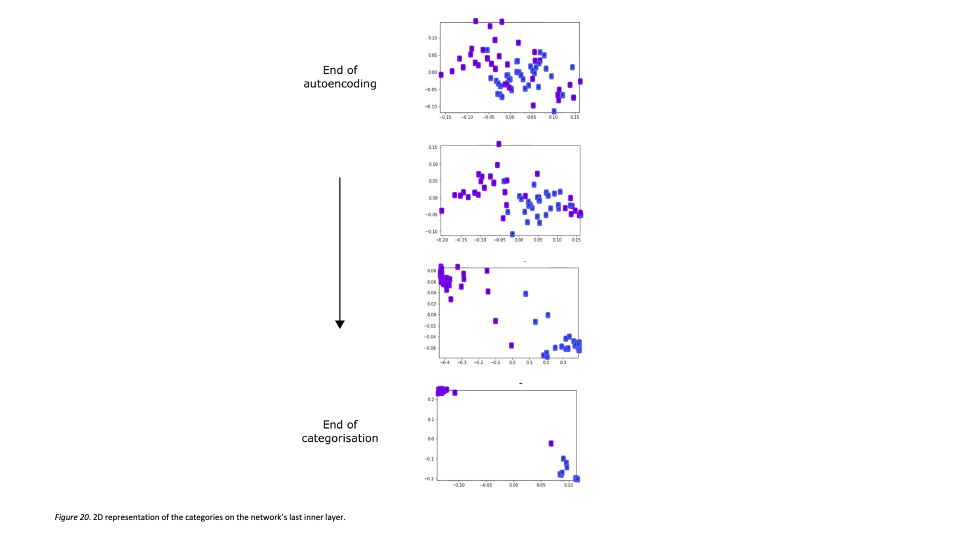I once gave a (perfectly awful) cognitive science lecture at a major centre for brain imaging research. The main project there, as best I could tell, was to provide subjects with some or other experimental tasks to do and take pictures of their brains while they did them. The lecture was followed by the usual mildly boozy dinner, over which professional inhibitions relaxed a bit. I kept asking, as politely as I could manage, how the neuroscientists decided which experimental tasks it would be interesting to make brain maps for. I kept getting the impression that they didn’t much care. Their idea was apparently that experimental data are, ipso facto, a good thing; and that experimental data about when and where the brain lights up are, ipso facto, a better thing than most. I guess I must have been unsubtle in pressing my question because, at a pause in the conversation, one of my hosts rounded on me. ‘You think we’re wasting our time, don’t you?’ he asked. I admit, I didn’t know quite what to say. I’ve been wondering about it ever since.
See also:
ABSTRACT: Visual categorization is thought to occur in the human ventral temporal cortex (VTC), but how this categorization is achieved is still largely unknown. In this Review, we consider the computations and representations that are necessary for categorization and examine how the microanatomical and macroanatomical layout of the VTC might optimize them to achieve rapid and flexible visual categorization. We propose that efficient categorization is achieved by organizing representations in a nested spatial hierarchy in the VTC. This spatial hierarchy serves as a neural infrastructure for the representational hierarchy of visual information in the VTC and thereby enables flexible access to category information at several levels of abstraction.
